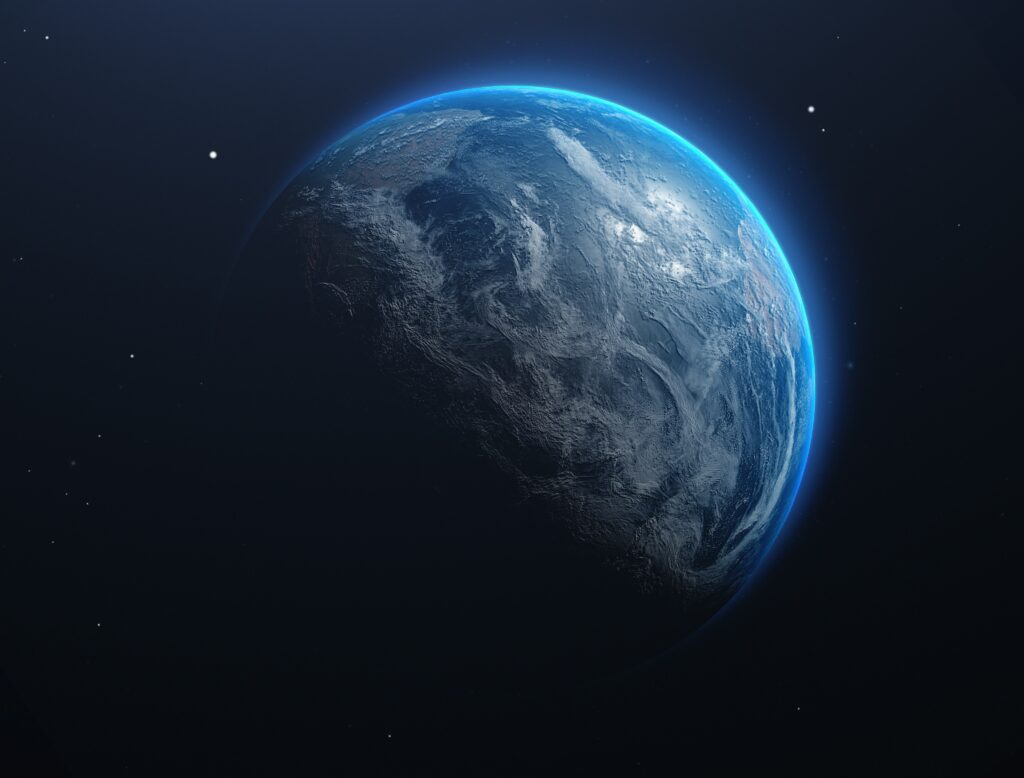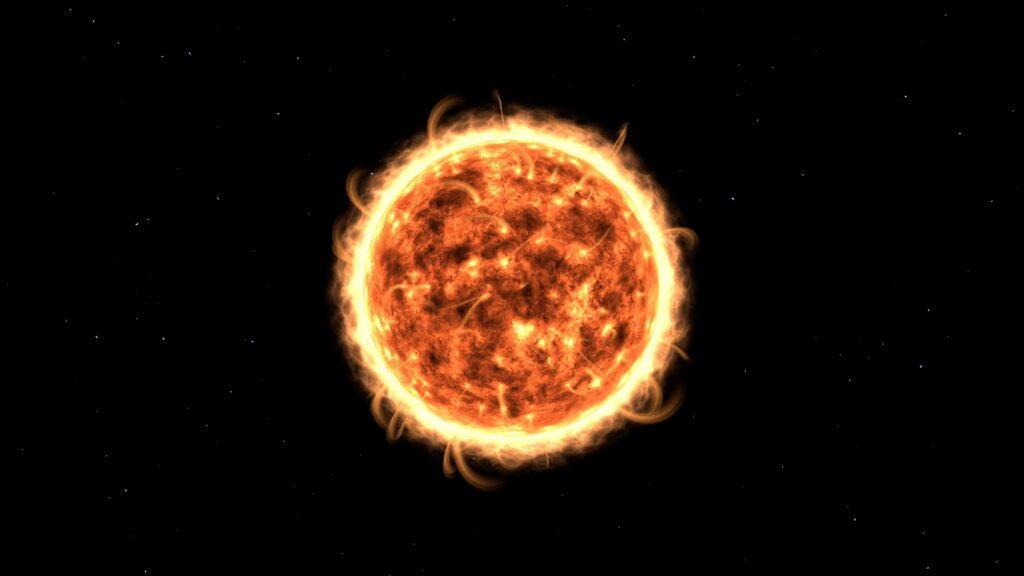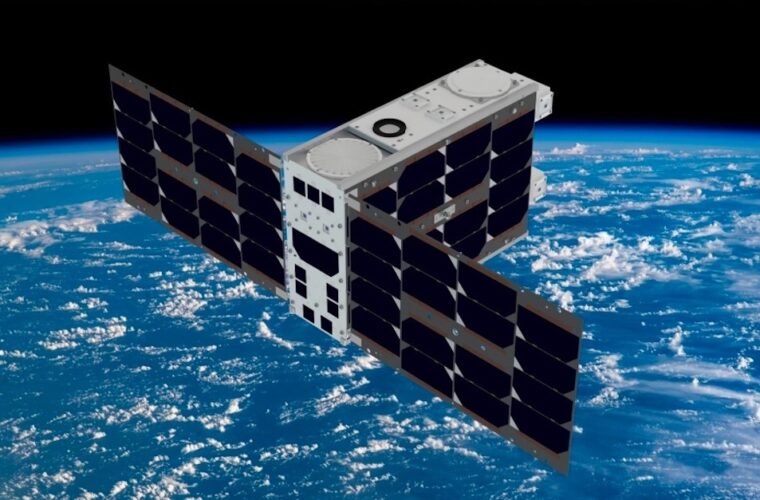Have you ever wondered what will happen to Earth when the sun dies? It’s a fascinating and somewhat daunting topic, but understanding the process can give us a clearer picture of our solar system’s future. Here’s what scientists predict will happen when our sun reaches the end of its life.
The sun’s life cycle: from main sequence to red giant
The sun, like all stars, has a life cycle. Currently, it’s in the middle of its life as a main-sequence star, burning hydrogen in its core to produce light and heat. However, this phase won’t last forever. Eventually, the sun will run out of hydrogen fuel. When this happens, it will undergo dramatic changes.
As the sun exhausts its hydrogen, it will start to burn helium. This shift will cause the sun to swell into a red giant. During this phase, the sun will expand so much that it will engulf the inner planets of our solar system, including Mercury and Venus. The intense heat and radiation from the red giant phase will likely strip Earth of its atmosphere and evaporate its oceans, making life as we know it impossible.
Some might wonder if our sun will explode as a supernova at the end of its life. The answer is no. Only stars much more massive than the sun end their lives in such a cataclysmic explosion. Instead, our sun will follow a different path.



The formation of a planetary nebula
After the red giant phase, the sun will shed its outer layers, creating a beautiful and colourful shell of gas and dust known as a planetary nebula. Despite the name, planetary nebulae have nothing to do with planets. The term was coined in the 18th century by astronomer William Herschel because, through his early telescope, these glowing clouds looked like round planets.
Research published in the journal Nature Astronomy suggests that our sun is just massive enough to create a visible, though faint, planetary nebula. This glowing shell will shine brightly for around 10,000 years, a brief period in the grand timeline of astronomy. Some planetary nebulae are so bright they can be seen from tens of millions of light-years away, but our sun’s nebula will be less luminous.
The final stage: white dwarf
Once the outer layers have been expelled, what remains of the sun will be its core, now exposed and incredibly hot. This core will cool and shrink down into a white dwarf, a small, dense remnant about the size of Earth but containing nearly half the mass of the sun.
A white dwarf no longer undergoes nuclear fusion, meaning it doesn’t generate energy. Over billions of years, it will slowly cool and fade, eventually becoming a cold, dark “black dwarf,” although the universe is not old enough for any black dwarfs to exist yet.
The long-term future of Earth
So, what does this mean for Earth? As the sun expands into a red giant, it will likely swallow Mercury and Venus. While it’s uncertain if Earth will be consumed, the intense heat will make the planet uninhabitable. Any remaining life will perish, and the surface will become scorched and barren.
If Earth escapes being engulfed by the sun, it will be left orbiting the white dwarf. However, it will be a cold, lifeless rock without the warmth and energy from the sun to sustain any form of life. Over time, gravitational interactions could alter Earth’s orbit, possibly sending it drifting into the dark, vast reaches of space.
Insights from stellar models
Scientists use stellar models to predict these outcomes. These models are based on observations of other stars and our understanding of stellar physics. By studying stars at various life cycles stages, astronomers can create a picture of what will happen to stars like our sun.
Albert Zijlstra, a co-author of the study published in Nature Astronomy, explains that when a star like the sun dies, it ejects a mass of gas and dust into space. This process reveals the hot core, which eventually cools and dims. The ejected material forms the planetary nebula, providing a brief but brilliant display before dispersing.
Understanding stellar death
Studying the death of stars like our sun is important for several reasons. It helps us understand the life cycles of stars, planetary nebulae formation, and our galaxy’s evolution. These insights can also inform our understanding of exoplanetary systems and the potential for life elsewhere in the universe.
Moreover, knowing the sun’s fate can help us appreciate the delicate balance that allows life to thrive on Earth. It reminds us of the finite nature of our solar system and the need to explore and understand the cosmos.
When our sun dies, it will transform into a red giant, creating a planetary nebula before settling down as a white dwarf. While Earth may survive the initial expansion, it will ultimately become an uninhabitable world. This journey of the sun offers a glimpse into the future of our solar system and highlights the intricate dance of stellar evolution. Understanding these cosmic events deepens our connection to the universe and underscores the importance of scientific exploration.



